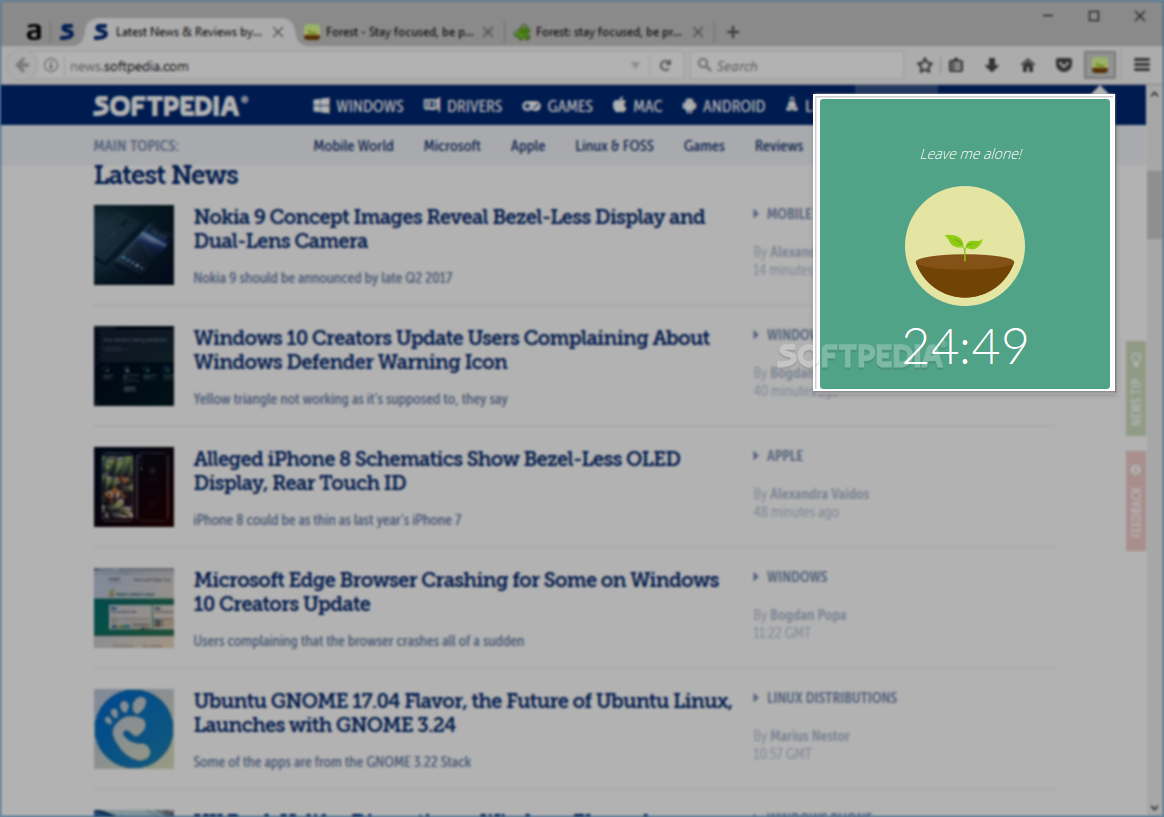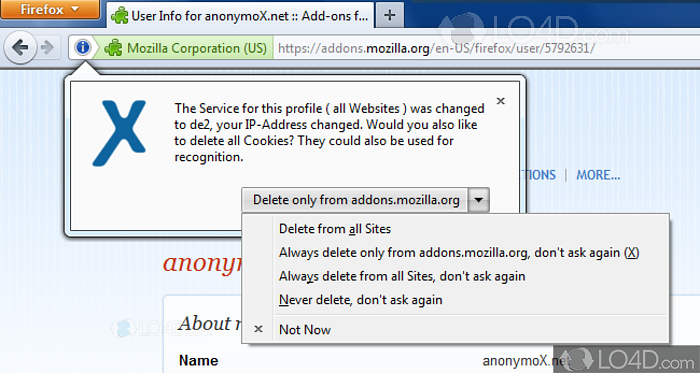
Over the last few months I’ve played with most of the above browsers with varying levels of enthusiasm. It’s fair to say that we’re spoilt for choice nowadays and, depending on your priorities, there are browsers available for the more security conscious those wanting a more visual experience and those who want a bit of both, although it’s worth pointing out that Chrome, Firefox, IE11 and other popular browsers can be tweaked for privacy, but that is not the same as the belt and braces approach of VPN or Tor for example.

#Anonymox edge Pc#
Clearly this is a personal preference, because when I open a browser first thing in the morning, which is always on my PC by the way, I want to see a big selection of my favourite websites, just like this:

In fact, Edge only offers suggestions based on Microsoft’s own agenda and allows for no personal choice at all. Neither Edge nor IE11 offer any Frequent Site customisation whatsoever and I can only presume, since it’s not actually mentioned anywhere in either browser, that the thumbnails will populate over time in direct relation to my browsing, which is about as useful as a chocolate teapot. Here’s a composite of both of their top/frequent sites tab, which shows zero customisation options for most frequently visited sites.
#Anonymox edge free#
Internet Explorer 11 and Edge are just dull, dull, dull they do the job and nothing else and although Edge tries its best to be clutter free and minimalist, like it’s older brother IE11, it makes no effort to push customisation in any meaningful and useful way. However, the general browsing experience, customisation and navigation are all very different. In fact, I’m writing this article using six different browsers (IE 11, Firefox, Chrome, Edge, Opera and Vivaldi) and the experience is very similar across the board. There’s no faulting the dictionary options in Chrome and since Vivaldi is a Chromium based browser, the spell checking is practically identical and recognises most, but not all of the words I type. In my book, that’s pretty neat and I’m surprised Chrome’s very limited top sites tab doesn’t include such customisation, especially since the top sites tab is populated with so much white space. On the other hand, both Vivaldi and Opera have pretty much nailed it and allow for an unlimited amount of top sites thumbnails with their Speed Dial features, whilst also allowing you to create groups of top sites.
#Anonymox edge plus#
Firefox on the other hand, allows up to 15 most visited thumbnails and those can be customised, although the process is a little long winded, where a simple PLUS sign would suffice. In these respects Google Chrome exceeds my expectations, although personalising the most visited tab is limited to only eight sites with the only available option being to delete thumbnails which will then be replaced by another most often visited site, so its customisation is very limited. The features I like the most in a browser


In fact, I’ve pretty much stuck doggedly to Chrome ever since, whilst playing around with numerous other browsers, including the various incarnations of Internet Explorer which, like a faithful old dog, refuses to go away.
#Anonymox edge windows 7#
Alternatively and in my experience at least, many will use the browser that’s thrust before them on a new machine, be that Internet Explorer, Edge or Safari and stick with it.įrom a personal point of view, I started my early Internet browsing with Internet Explorer 5, dabbled with Netscape occasionally, switched to Firefox somewhere between Windows XP and Windows 7 and eventually settled on Google Chrome when everyone started talking about it as the ‘ next big thing‘. In fact, I would wager that the majority of people would put familiarity and ease of use over personal privacy every single time, in spite of greater awareness of security issues today. But is that the whole picture and does it really matter? Your choice of browser is a very personal decision and for most people, it’s a choice they generally stick to for a long time, regardless of privacy issues. It looks to me that the battle has already been won anyway, with Google Chrome having snagged nearly 60% of market share, leaving most of the other browsers literally in the dust.


 0 kommentar(er)
0 kommentar(er)
